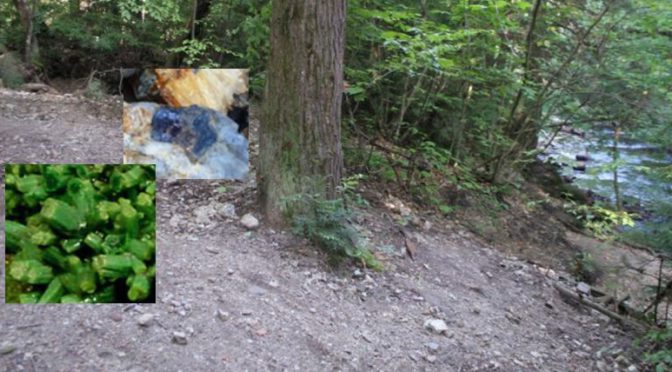Sometimes the history of a mining/mineral location can be as interesting as the mineral collecting itself. Loudville, and the Manhan Mine, is one such example. The mineralization at this historic location in western Massachusetts was discovered by Robert Lyman in 1678. When lead was first recovered two years later, the site became the first lead mine in North America. Lyman is said to have traded information on the location to Marshall Pynchon for one cow, and Pynchon worked the mine for about 20 years. It was during this time that the oxidized ore (with the prized pyromorphite and wulfenite) was thrown aside on the dumps. Only the primary sulfide ore, rich in galena, could be processed.
About 100 years later, at the end of the 18th century, the Manhan River mine site was reopened. This time much of the work was done under the leadership of Vermont patriot Ethan Allen of Fort Ticonderoga fame. The lead produced was used to cast bullets for George Washington’s Continental Army. Yale chemistry professor Benjamin Silliman, for whom the mineral sillimanite is named, studied the property in 1810 describing the six to eight foot wide vein as “magnificent”, both for its ore potential and for the “perfect and beautiful” crystals that could be found “among the rubbish of the dump” (Green and Marshall, 2015).
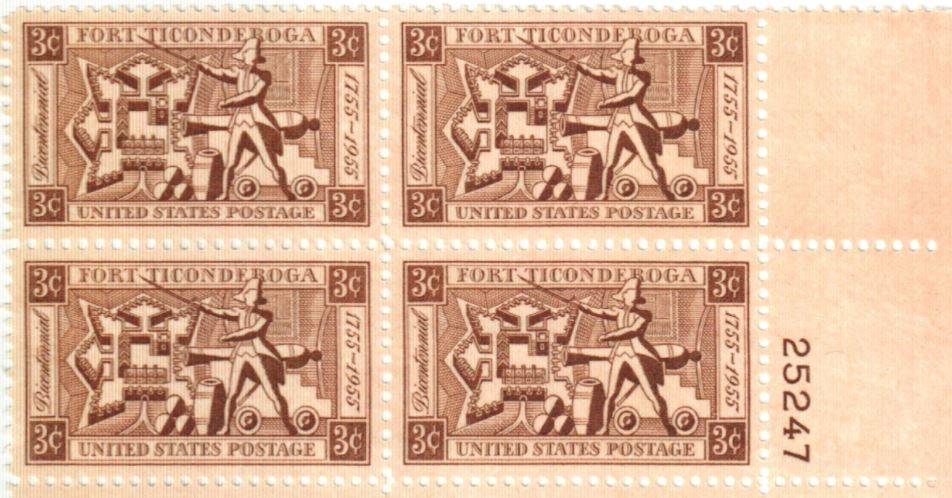
The mine was periodically worked for both lead and a small amount of silver during the first half of the 19th century, but the mine never reached the potential that was assigned to it by many who visited at that time. The last mining was in 1865, when the Manhan Silver Lead Mining Company filed for bankruptcy.
Linda Schmidtgall and I visited the site on our reconnaissance of western Massachusetts locations in September. We spent time digging and collecting on both sides of the river, which, at that time, could be crossed on rocks without getting wet (my method) or by wading through ankle to knee deep water (Linda’s method). The site is easy to find after a short walk downhill to the banks of the river.
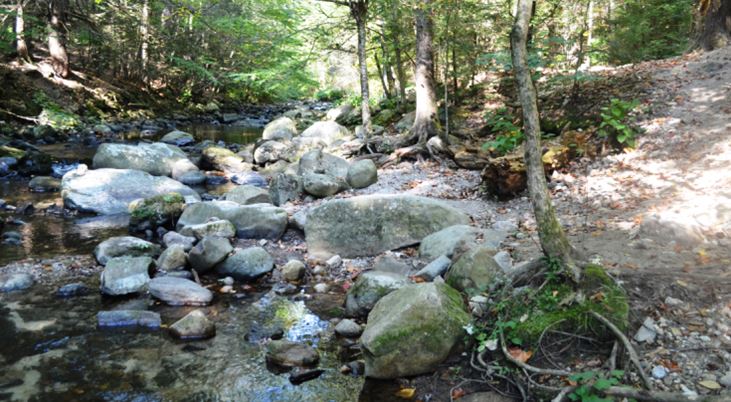
So how did we do? Well, the site is heavily collected and digging is required to find much of anything. But we did find significant galena with its brilliant metallic luster and distinctive cubic cleavage. Pieces were smallish and hosted mostly by massive quartz. They will make for nice teaching pieces and I will cherish my best pieces as representative of 17th century ore from my home state of Massachusetts. I actually grew up less than 20 miles from the Manhan Mine, although I was blissfully oblivious of its existence, much less its resource significance.
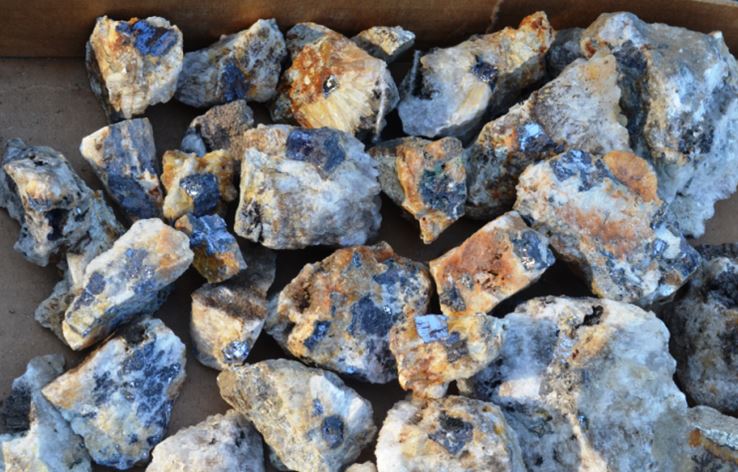
In addition to the galena we did encounter and collect several quartz points on matrix and numerous other quartz pieces that probably will be grab bag additions come next June at GemFest. I found one piece with small pyromorphite crystals (1-2mm set in a small vug) and Linda noticed several equally small panes of wulfenite in a dirt-filled vug once she got home and started to clean. She wonders how many she broke during cleaning before noticing the tiny yellow wulfenites clinging to the base of the hole. The hole appeared cubic and might have been the site of a galena crystal before it was oxidized.
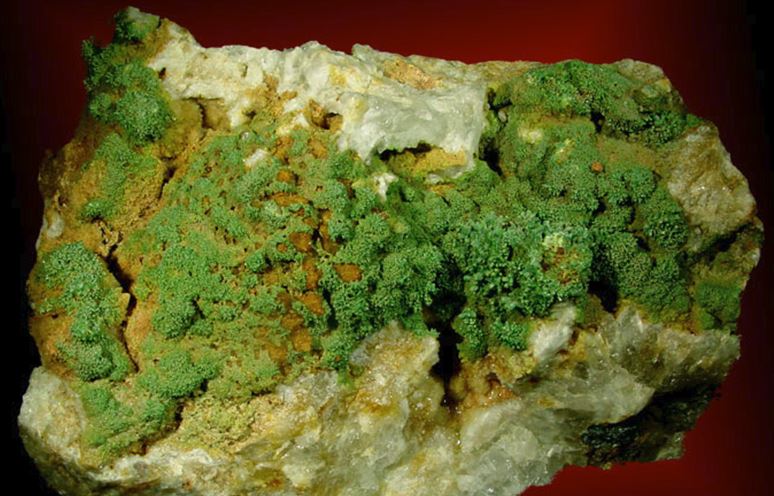
Pyromorphite is a secondary lead phosphate mineral (Pb5(PO4)3Cl). that forms in the oxidation zone of lead deposits along with its “cousins” vanadinite (Pb5(VO4)3Cl) and mimetite (Pb5(AsO4)3Cl). The barrel-shaped or spindly crystals are hexagonal and often form interesting aggregates or clusters. Typically green or yellow green, the individual crystals are often etched or hoppered. Interestingly, pyromorphite was not described until 1748, well after it was dug at Loudville and it was not an accepted named mineral until 1813.
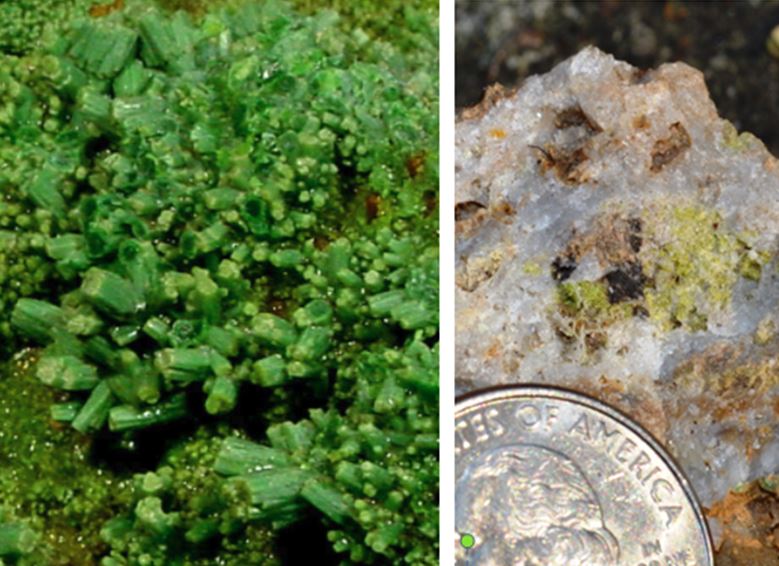
I think we would have had to dig deeper and probably stayed longer to find any collectable secondary minerals. Luck might have played a role also. If you wish an interesting read, check out the story on the 1999 discovery (Green and Marshall, 2015 from the link below).
References:
Green, E. and Marshall, J.,2015, Collecting Loudville Pyromorphite: The Story of an Extraordinary Boulder Unearthed at Manhan River Mine, Easthampton, Massachusetts, published on Treasure Mountain webpage Mineral Collecting Stories
